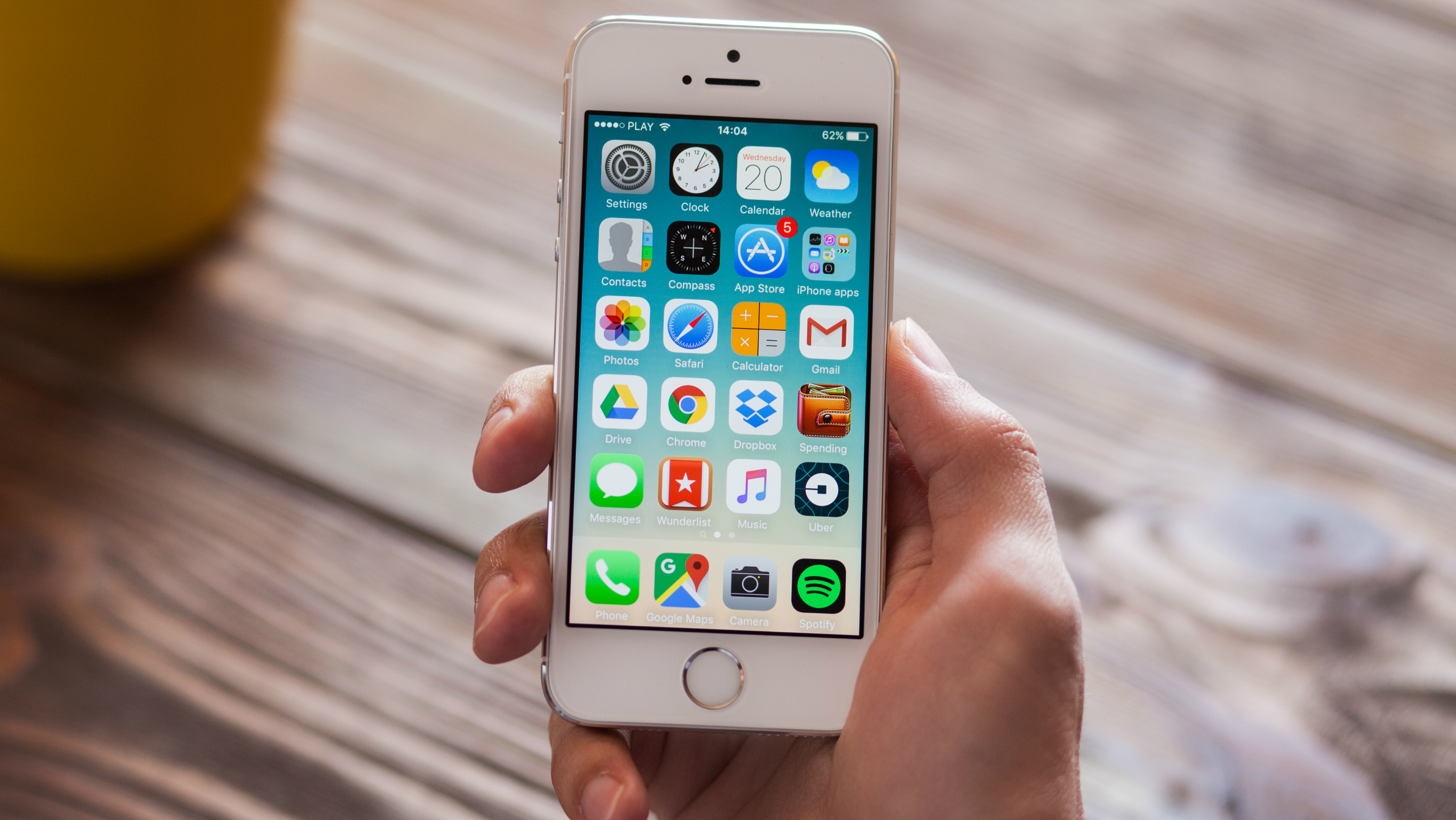The iPhone SE 2 may be the iPhone 9 we really want
Face ID... and Touch ID?

There’s a reason people have been eagerly awaiting the iPhone SE 2: to herald in a new era of the best iOS and iPhone functionality at a low cost.
But folks also appreciated the original iPhone SE’s home button, and with it, Touch ID. The upcoming ‘New Spring iPhone 2020’ – presumed to be the iPhone SE 2 – will retain the home button, according to noted leaker Evan Blass, and we have little reason to doubt it.
But would Apple let one of its brand-new handsets have a low-tech authentication method, given how much it’s invested in facial recognition with Face ID?
Absent Blass’ intel and solid track record, we’d be skeptical. True, Apple still produces the home button-packing iPhone 8, but that handset debuted in 2017, and it's now sold as a budget model. But it’s very likely that Apple will replace the 8 with this new iPhone SE 2 (or the iPhone 9) – which means the company has virtually a clean slate to work with.
Apple has pointedly chosen not to develop in-screen fingerprint sensors, unlike all of the flagship Android phones that rival the top-tier iPhones, and relies on Face ID for its biometric authentication tech. So we honestly doubt that Apple would allow the iPhone SE 2 to have both Face ID and Touch ID.
Because that would give consumers what they really want.

Apple's philosophy: designing for what you’ll crave tomorrow, not what you want today
It feels like Apple is sticking with its philosophy of designing products that consumers will want once they see them, rather than products that consumers say they want. It's a philosophy that has brought the company successes, from imitating and refining Xerox’s GUI and mouse with the Macintosh in the 1980s to pushing for the nearly all-screen iPhone in 2007.
Sign up for breaking news, reviews, opinion, top tech deals, and more.
The oft-cited Steve Jobs quote, “Our job is to figure out what they’re going to want before they do.”, seems to characterize Apple’s resistance to bow to customer desires. For years, the company has ignored calls for a switch to the USB-C port (iPhone), not just having USB-C ports (MacBook), and longer battery life (Apple Watch).
So we’d be reluctant to predict that Apple would allow the iPhone SE 2 to have both Touch ID and Face ID, because consumers have wanted that for years. Rationally, there’s reason for Apple to resist a return to fingerprint authentication, even if plenty of apps still allow it in order to cater to older iPhone and iPad owners: it doesn’t go back on its tech.
Think about the bold choices the company has made in the past: killing the disk drive in the original iMac, killing the 3.5mm headphone jack in the iPhone 7, and killing the CD-ROM in the MacBook Air. Apple’s reputation is built on confidently choosing to excise tech in order to force transition to, usually, a new data transmission standard.
In this case, that data is your biometric password, and Apple has little reason to cater to consumer comfort if its ecosystem has been moving towards relying solely on facial recognition, with fewer touch-only devices supported in nearly every annual milestone OS update for its family of devices.

A compromise?
Granted, there is one compromise that would account for Blass’ iPhone SE 2 scoop, but it seems baffling: give the phone a home button, but don’t give it Touch ID.
That would seem like more trouble than it’s worth: surely Apple’s production lines churning out Touch ID home buttons for older iPhones and iPads could be retooled to strip out the fingerprint identification, but the point of the SE 2 is to carve out more of the budget market. Fingerprint sensors are found in inexpensive phones because they’re cheaper to produce.
We would love to be proven wrong, especially since the iPhone SE 2 runs a little counter to Apple’s strategy of hiking up phone prices anyway. If the new handset truly embraces budget design with Touch ID, well, couldn’t we see a return of other long-lost features? Would Apple finally be bending to consumer desires? We’ll have to wait until the iPhone SE 2 comes out – in the next couple of months, if the 'early 2020' rumors are correct – to find out.
- If Apple doesn't release the iPhone SE 2 soon, here are the best iPhones just in case

David is now a mobile reporter at Cnet. Formerly Mobile Editor, US for TechRadar, he covered phones, tablets, and wearables. He still thinks the iPhone 4 is the best-looking smartphone ever made. He's most interested in technology, gaming and culture – and where they overlap and change our lives. His current beat explores how our on-the-go existence is affected by new gadgets, carrier coverage expansions, and corporate strategy shifts.